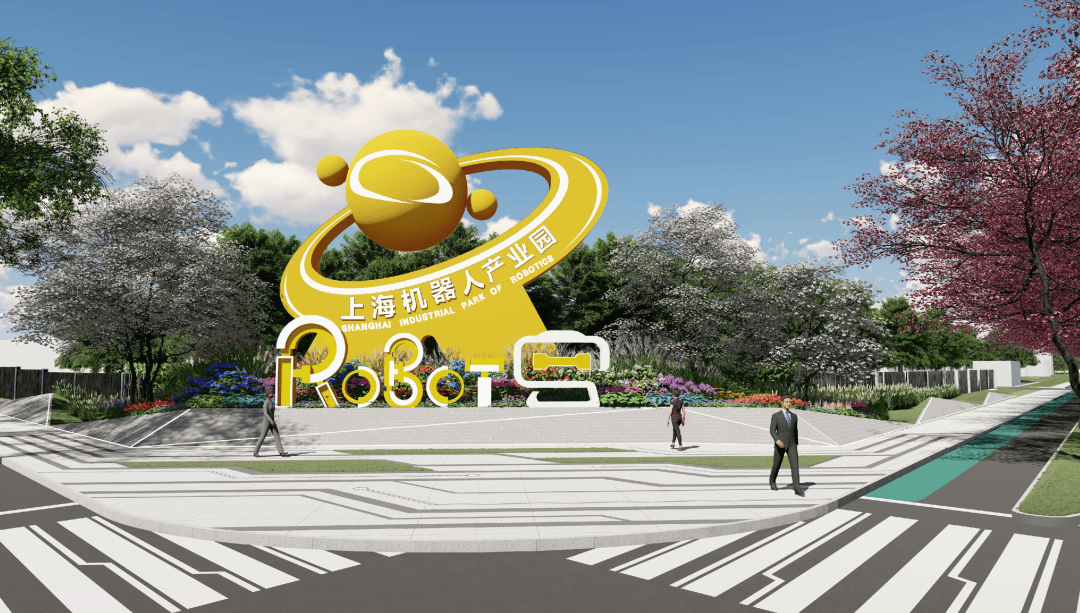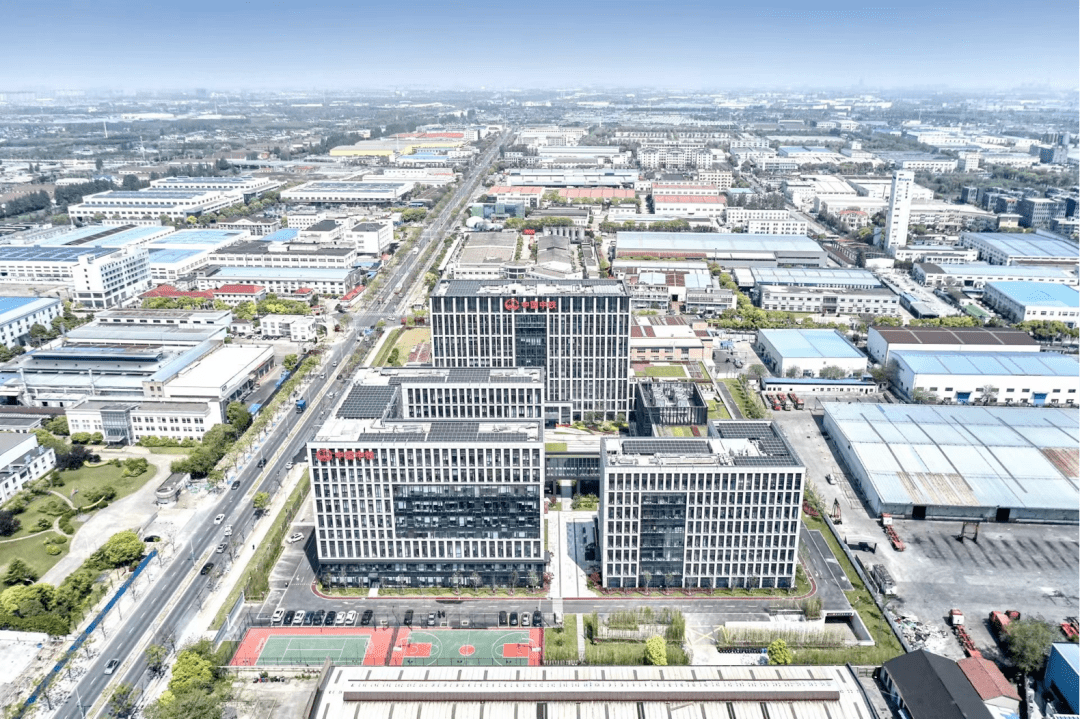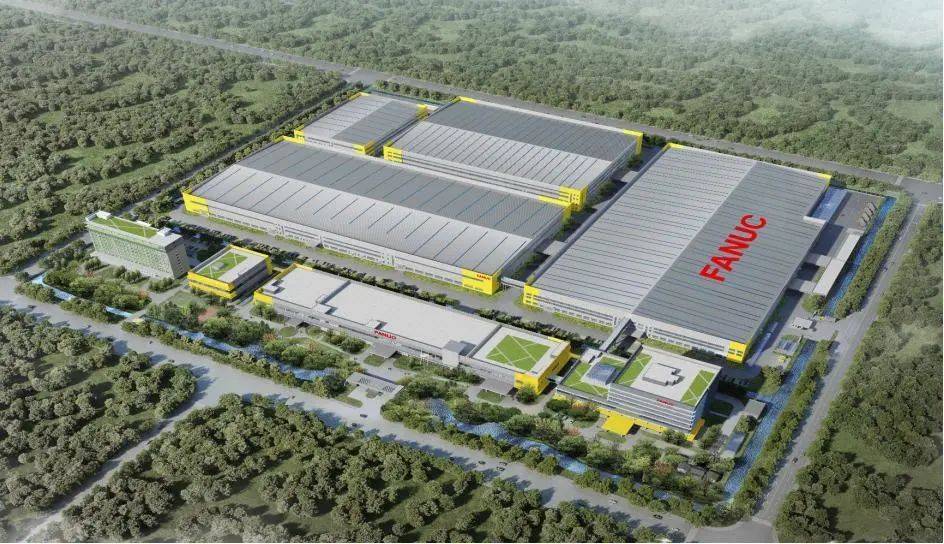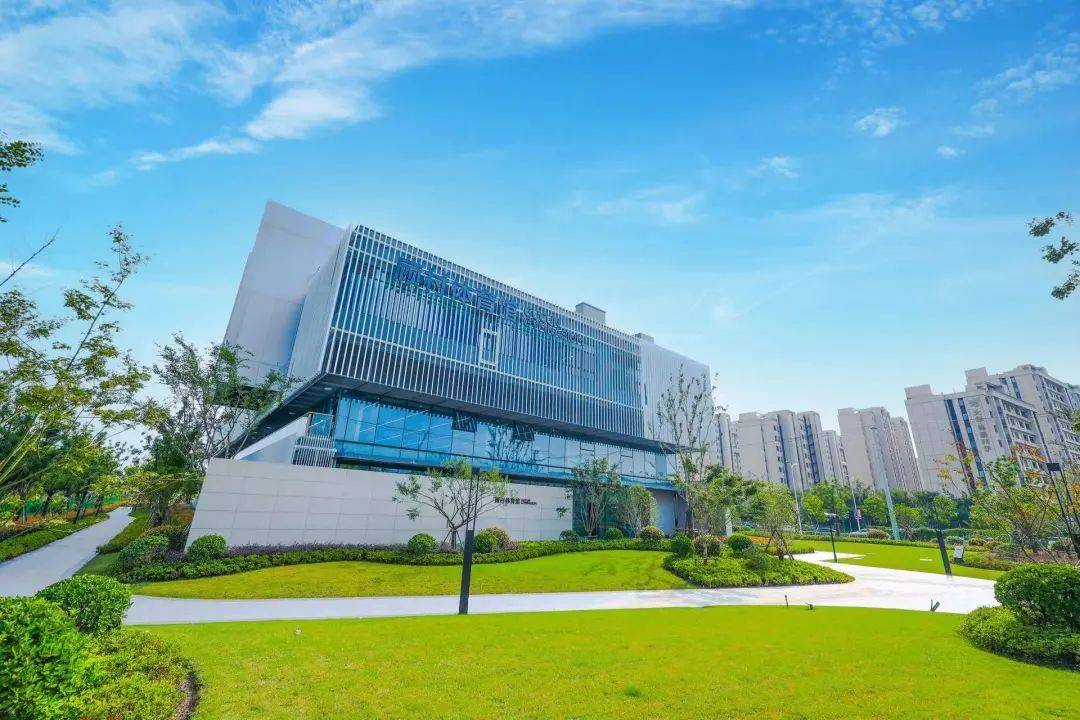Home >Technology peripherals >AI >Transforming 'villages in the city”, Baoshan District robot industry cluster gains space increment
Transforming 'villages in the city”, Baoshan District robot industry cluster gains space increment
- WBOYWBOYWBOYWBOYWBOYWBOYWBOYWBOYWBOYWBOYWBOYWBOYWBforward
- 2023-10-27 17:25:17944browse
Shanghai’s intelligent robot industry is entering a golden development period. A set of data proves it: At present, the robot density of enterprises above designated size in Shanghai has reached 260 units per 10,000 people, which is more than twice the world’s average robot density.
On one side is the unstoppable industrial development, on the other side is the carrying space that needs to be continuously tapped.

Taking Gucun Town, Baoshan District, where the Shanghai Robot Industrial Park is located, as an example, the output value of the robot and intelligent manufacturing industry is at the 20 billion yuan mark. If we upgrade industrial clusters, we will need more space carriers.
Recently, the Municipal Housing and Urban-Rural Development Management Committee officially approved the "urban village" renovation project of Xingxing Village and Tanyang Village in Baoshan District. The robot industry cluster is also expected to gain space through the development of this project. The project will promote the transformation of "villages in the city" on the east and west wings of the Shanghai Robot Industrial Park. After completion, it will add approximately 410,000 square meters of industrial space. It plans to create a Shanghai Robot Innovation and Entrepreneurship Center, an Industrial Software (Yuanverse) Science and Technology Innovation Base, and Core Components R&D base and industrial supporting base.
The director of the Baoshan District Housing Authority said that through land acquisition and storage, the project will better grasp the development timing, optimize functional carrying, coordinate industrial development, functional undertakings, and service supporting services, solve problems such as job-housing balance, and continue to deepen the regional renew.

Incorporate adjacent plots and package development
One type of problem is often encountered in the development of "urban villages": "big ones" are easy to move, while "small ones" are difficult to change.
"Small size" is exactly the small "village in the city". The land area is limited, and it is difficult to provide all public service facilities such as schools, parks, markets, and sports facilities. It is difficult to achieve scale effects on a single land plot, the calculation of income output is difficult to solve, and market forces lack interest. In the rounds of urban renewal, these "small" plots have been transformed into "hard bones" that are difficult to crack.

This "urban village" renovation project of Xingxing Village and Tanyang Village has tested a new transformation path for small "urban villages" - "packaging". The two plots of land were renovated as a whole, with one side focusing on production and the other focusing on life. Both parties work together to make the "big cake" of transformation bigger and find solutions amidst multiple constraints such as improving people's livelihood and capital investment.
According to the plan, the Xingxing Village in the east wing of the park will add approximately 410,000 square meters of industrial space after completion, focusing on building a core parts and components research and development base. At present, the Shanghai Robot Industrial Park has attracted a number of leading companies such as Fanuc, but core components such as reducers are still weak. The land will be targeted to "fill gaps and increase capacity" for existing industries. Adjacent to Gucun Old Market Town, Tanyang Village will plan 251,000 square meters of commercial housing and 38,000 square meters of rental housing to create a high-quality and livable new space.
"After the park expands eastward, it will not only revitalize the space, but also improve the industrial level." The relevant person in charge of the Gucun Town Planning, Construction and Ecological Environment Office said, for example, some robot equipment is transported through truck trucks, involving road standards and overall Renovation. The newly expanded industrial space can raise standards during planning, not only to meet the needs of enterprises, but also to avoid affecting the production rhythm during construction.
Regional coordination, "leftover materials" renewed

The special thing about this "urban village" project is that it not only focuses on "inside the village", but also simultaneously focuses on warehouses and factories with backward formats "outside the village" - although the adjacent logistics warehouses cannot be included in the project transformation scope, However, relevant departments adjusted the detailed land control planning and updated the warehousing and logistics functions to research and development functions.
At the city-wide level, the Municipal Planning and Natural Resources Bureau and other departments have further clarified: reasonably determine the scale of the "urban village" renovation project and support regional coordinated renewal. "Not only coordinate the spatial layout horizontally, but also coordinate functional planning vertically, combine the promotion of transformation with the implementation of the city's master plan, and calculate comprehensive accounts, long-term accounts and quality improvement accounts." The director of the Baoshan District Housing Management Bureau said that the project is planning public services When matching, not only look at the present, but also the past and the future. Taking sports supporting facilities as an example, in the last round of renovation of Gucun Old Market Town, two gymnasiums were built in the adjacent area. Therefore, this project changed the original gymnasium into a sports park, enriching it with gradient and differentiated designs. The public’s choice.
Source: Shanghai Baoshan official WeChat
The above is the detailed content of Transforming 'villages in the city”, Baoshan District robot industry cluster gains space increment. For more information, please follow other related articles on the PHP Chinese website!

